After many search, I don't know still that what is exactly the difference between 4-leg and 2-leg momentary tactile switch?
4-leg:
2-leg:
Why do they use 4-leg in many cases? for example, in mobile phones, in many cases, they use 4-leg. look:
After many search, I don't know still that what is exactly the difference between 4-leg and 2-leg momentary tactile switch?
4-leg:


2-leg:


Why do they use 4-leg in many cases? for example, in mobile phones, in many cases, they use 4-leg. look:

Most people seem to think that the 4-leg tactile switches are made that way only to add mechanical strength, but Spehro Pefhany told us in this great answer that there is another, more important reason for the 4 terminals:
The dual shorted pins allow inexpensive single-sided boards to be used for X-Y matrices of switches without requiring jumpers.
In other words, the additional shorted terminals are meant to be used as jumpers.
I have built one myself (see below). Those boards are a lot of fun to route.
I've only ever used the 4-leg variety. My first impression is that they have more mechanical strength in how they mount to the PCB. The 4-leg parts also have legs that are bent so that they stay in the holes before soldering. You can flip the board upside down without the switch falling out.
The picture of the 2-leg part seems to show it is a old style thru hole, which is more difficult to work with. You can't flip the board over after insertion and before soldering, and then you have to clip the leads on the bottom. That all adds steps and cost. This is probably why the 2-leg parts are rare compared to the 4-leg parts. Check price and availability at a few mainstream distributors, and you'll probably find the 2-leg versions are a bad idea.